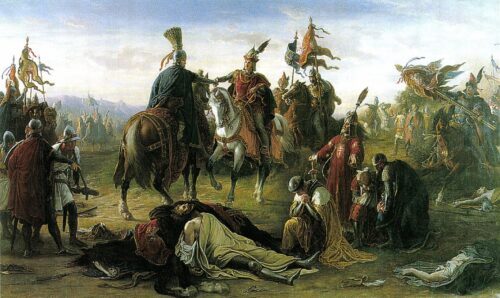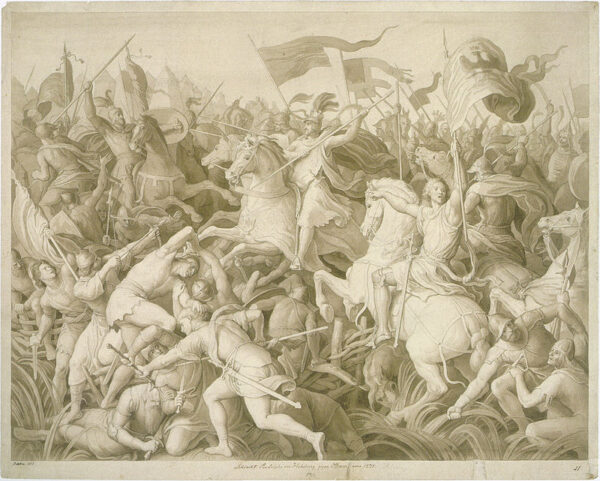Puberty
Leopold V the Virtuous took over the Duchy of Austria after the death of his father in 1177 and expanded it into neighboring territories while in 1193 he managed to extract an immense amount of ransom for Richard I (the Lionheart) of England, who had been captured near Vienna as a suspect for the murder of the King of Jerusalem and Leopold V’s cousin Conrad of Montferrat.
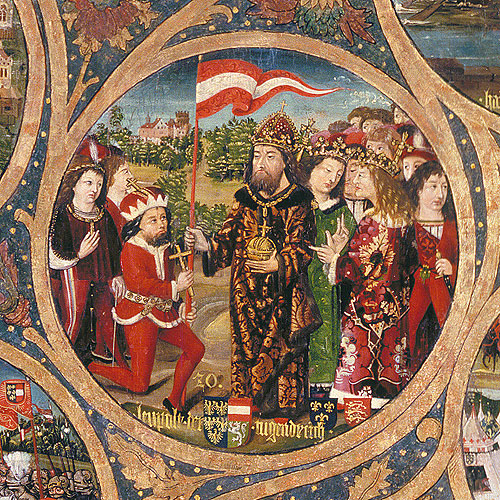
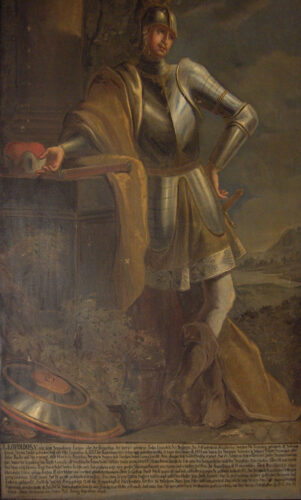
The huge amount of silver became the foundation for the mint in Vienna & was used to build new defensive walls around the city after the year 1200. In 1221 the citizens of Vienna were granted their first exclusive privileges with the so called stapelrecht which meant that all non-resident tradesmen who passed from Vienna had to offer their goods for sale for a certain period of time, usually three days to one week, at the city’s port. The Viennese would benefit from their role as middlemen. Revenues from the extensive network of tradesmen who passed through the Danube & the extensive range of business transactions with the leading trade capital of the Mediterranean which was Venice, helped Vienna to evolve into one of the top economic powerhouses of the Empire after Cologne.
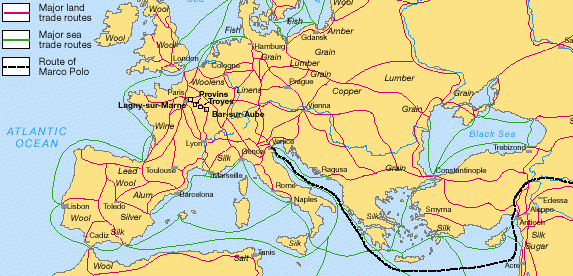

After the death of Frederick II the last Babenberg heir in 1246, the Duchy’s territories were seized by the Bohemian (Czech) King Ottokar II who managed to be the sole ruler in the Bohemian, Moravian & Austrian territories in a Central European realm that stretched from the Polish border on the north to the Adriatic coast on the south.

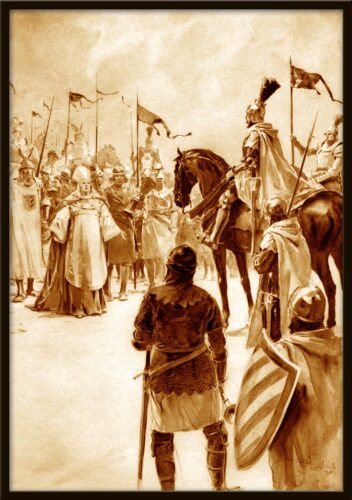
After failing to be elected Emperor in 1273, Ottokar II contested the election of the winning candidate Rudolph I of the House of Habsburgs with the rivalry leading to the Battle on the Marchfeld, one of the largest battles given by heavy knight cavalry in the Middle Ages. The battle resulted in the defeat of the Czechs & the loss of the Austrian lands which passed to the Habsburg dynasty.
